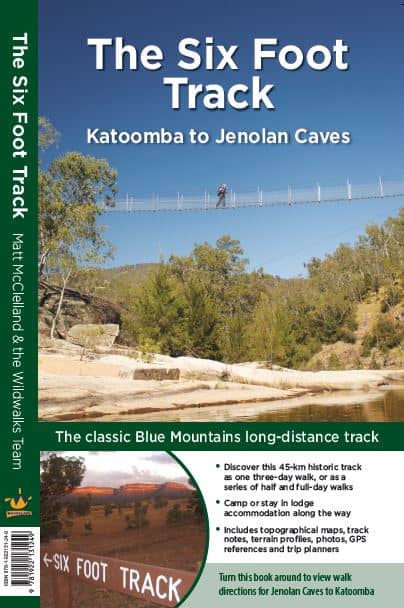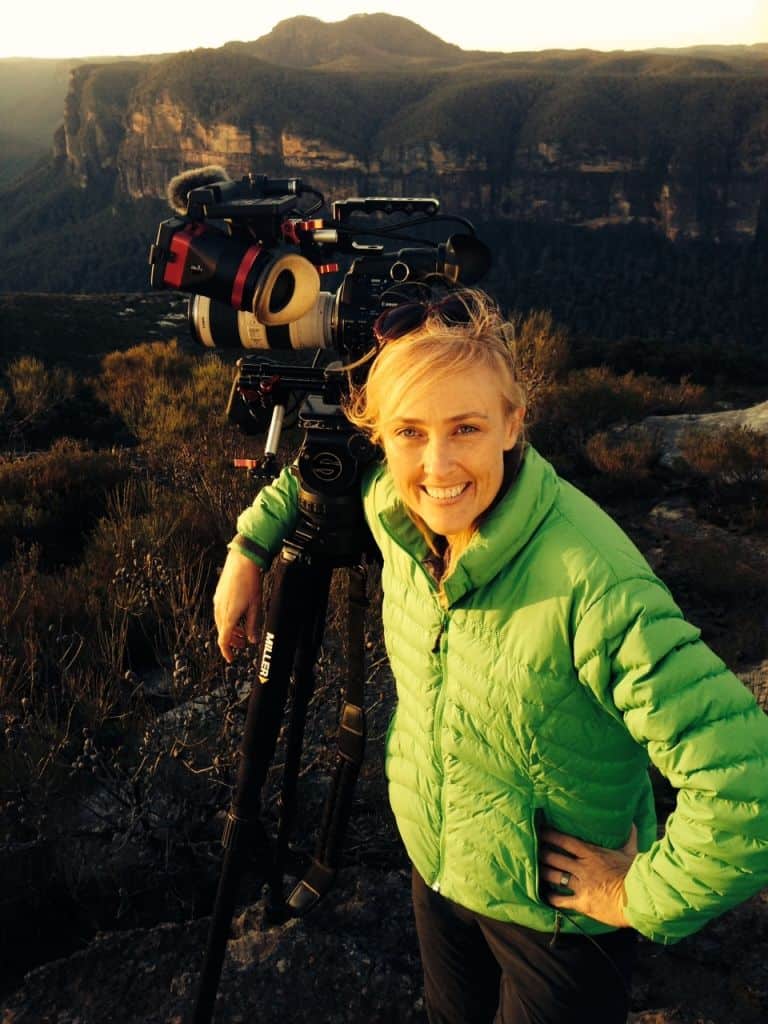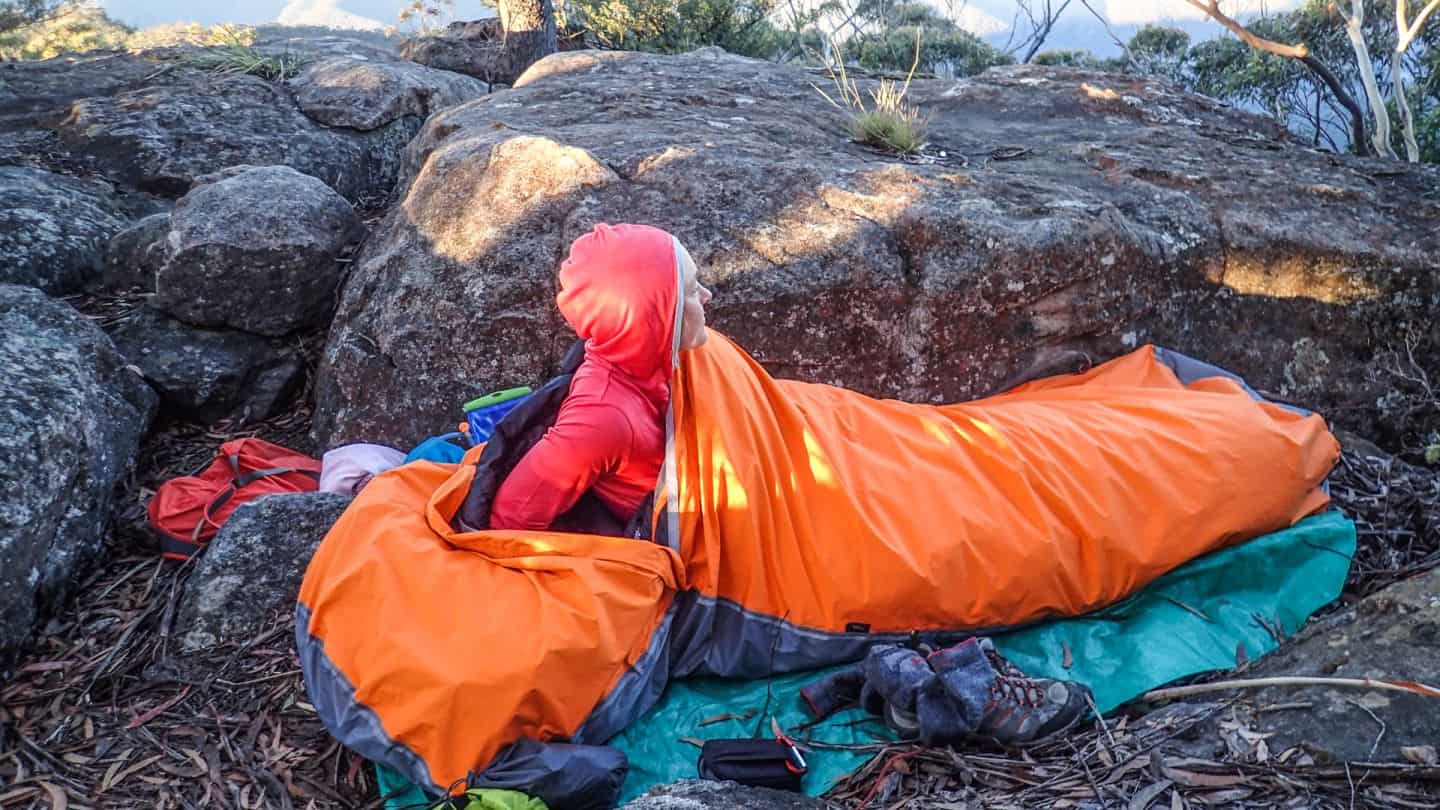If you’ve been reading my blog for a while now, you’ll know that I’m a fan of the saying, ‘there’s many ways to skin a cat.’ This couldn’t be more true than when it comes to lighting a campfire and I’ve seen many different methods used over the years.
Key considerations when lighting a campfire
When choosing your particular skinning method however, the two important things to bear in mind are going to be:
- Safety
- Environment

To Fire or Not to Fire
There are several schools of thought (and also laws) that guide an approach to making a campfire in the bush. In some national parks and other sensitive locations (such as above the snowline), all types of fires are banned, so you’ll need to carry and cook on a camp stove. It’s also important to check the bushfire rating level for days of your trip, which could mean a total fire ban (aka TOBAN). In some areas of Australia, this includes gas stoves… so be prepared for a no-cook dinner option!
Some clubs and hikers are more comfortable with not having cooking fires as they feel that the environmental impact is not appropriate. Again, many cats… many skins.
The approach I take is one that ensures you leave the campfire area in the same, or better, condition to when you found it. For example, if you are in an off-track area, where there’s been no campfire before, when you leave the campsite there should be no trace of there having been a fire. Although I personally consider this leave no trace, it is important to note that if you were to strictly adhere to the 7 Principles of Leave No Trace then you would not have a fire.
Step by Step How to light a campfire
You can see in my video that there are several key points to consider:
- Size: Keep the fire small, manageable and containable. Always clear the leaf litter around to ensure it doesn’t catch and keep water on hand for any stray embers.
- Choose appropriate timber: By choosing fallen eucalyptus wood, you are choosing a timber that is high in natural oils that burn hot and for a longer time. One environmental concern of fires is using too much timber. Another way of looking at it is that by choosing wisely, you’re also helping natural fire management by getting ride of undergrowth of dead/fallen timber.
- Ignition Method: There are many ways to start a fire, a simple match (waterproof is best for the bush), cigarette lighter or my preference, a flint.
- Little Soldiers all in a row: Looking at my video, you’ll see an approach to placement of the timber that means you’re creating stable platforms to place billy’s and cooking pots. If you build a fire in a tee-pee/pyramid style, you need to wait for the fire to burn down and create ashes to place pots in for cooking. If you’re working with wet timber however, a tee-pee style is good for drying out the wood.
- Return to the Wild: After you’ve finished with the fire, ensure it is completely out by dousing with several litres of water if necessary. Be careful, as heat can still be retained in the ashes and in the ground. Using a stick, remove and scatter the (now cold) ashes and coals around a flat surface (if you’ve kept your fire small, there should be too many!) and cover with the original leaf litter that you removed to create the fire in the first place. Can you still tell that there used to be a fire?










